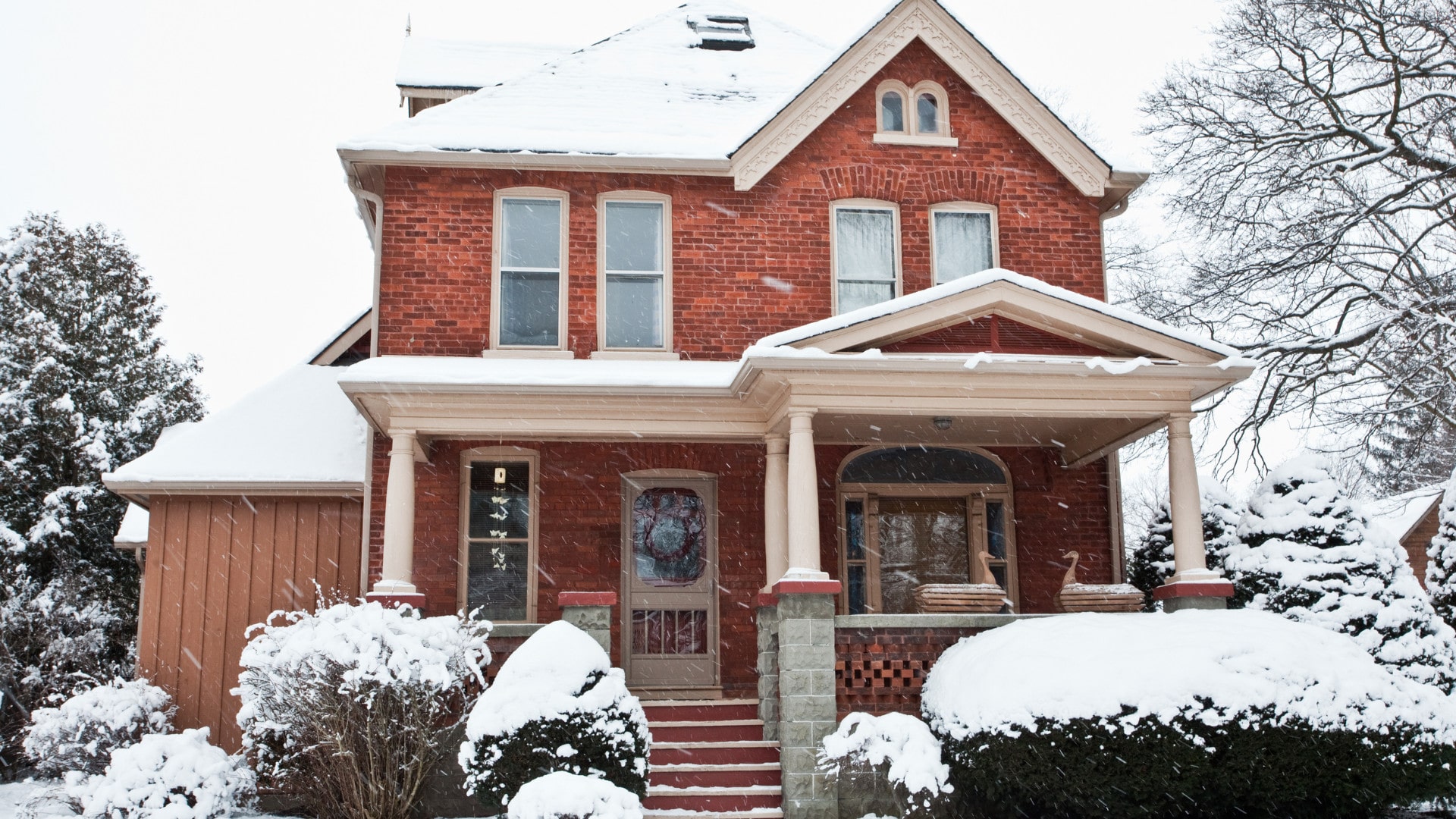Fall is a good time of year to begin preparing your home for the winter. As temperatures begin to drop, your home will require some low maintenance in order to keep it worry-free throughout the winter. Below, you’ll find some easy ways to winterize your home:
1. Water Lines – to prevent water lines from freezing and bursting during 1. cold weather:
Allow water to trickle, especially at night when the temperatures drop.
Disconnect and drain all garden hoses from outside faucets and store in an indoor or covered area, if possible.
Always know where your water main is located, in case you need to shut it off in emergencies.
Shut off the water to the exterior hose bibs.
Insulate hose bibs with Styrofoam insulators.
2. Open up all cabinet doors to allow warm air to circulate and warm the pipes.
3. If you go on vacation, leave the heat on, set to at least 55 degrees.
4. Sprinkler systems should be shut off and drained.
5. Gutters and Downspouts:
Wet leaves and debris remaining in the gutter over winter add significant weight and volume to the gutter when frozen and increase water build-up on the roof. Please report to Sincere if your gutters are over-filled with debris and leaves.
6. Chimneys and Fireplaces:
If using a wood burner fireplace or vented gas logs, inspect the fireplace damper for the proper opening and closing.
When not in use, keep the damper closed to prevent a draft and heat loss.
7. Heating and Cooling Systems:
Replace the A/C and furnace filters EVERY 60 days. This ensures the most efficient economical operation of your system. Clogged filters can inhibit the operation of the system and cause costly repairs.
Clear obstacles from the vents so air can flow freely.
Reverse the direction of the ceiling fans to increase energy efficiency and comfort.
Test your smoke detectors and carbon monoxide detectors and refresh batteries if needed.
8. Prepare an Emergency Kit:
Buy flashlights or battery operated lanterns for use during a. power shortages.
Other suggestions include: battery powered radio, drinking water, pre-packaged non-perishable food, propane camp stove fuel (NOT to be used indoors), nonelectric can opener, charged cell phone, tool set, first aid kit, prescription medication plan in effect and pet food if you have a pet.





